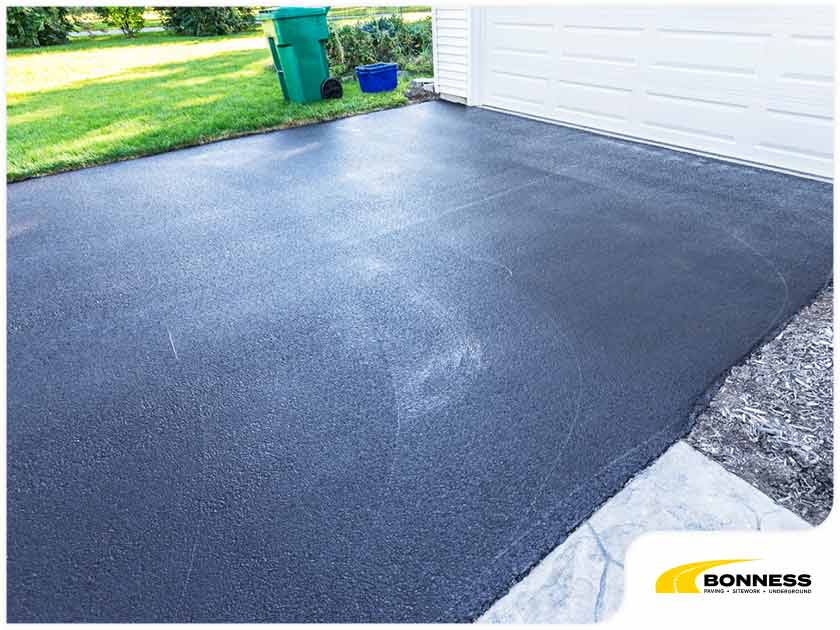
Concrete curbs might not be the most visible aspect of your property, but they play an important role in preventing certain types of damage. In general, conventional concrete curbs divert rainwater to the drains, ensuring water doesn’t seep into your concrete pavement. Aside from the said function, certain types of concrete curbs fulfill other roles. There are a total of five types.

Barrier or Straight Curbs
As the name suggests, barrier curbs create a barrier to separate vehicles and sidewalks, stores, parking spaces or other spaces. Barrier curbs also happen to be the most common type of curbs and are usually made of asphalt aggregates or cement concrete.
Mountable or Rolling Curbs
People often mistake a roller curb for a barrier curb. However, there’s a key difference between the two: barrier curbs prevent cars from leaving the pavement while barrier curbs, thanks to their slanted design, allow cars to easily drive over them.
Monolithic or Integral Curbs
Contractors usually install monolithic or integral curbs in areas to improve the durability of the road’s surface. This type of curb is fused with the road to create a smoother transition into the road and allow large, heavy vehicles to pass through without damaging the asphalt road’s surface.
Mower Curbs
Mower curbs create a protective barrier between flowerbeds and the mower, allowing lawnmowers to trim grass neatly without damaging the topsoil. And, since they come in a wide variety of colors and designs, mower curbs can also serve a decorative function as well.
Slanted or Sloped Curbs
Sloped curbs are purely ornamental. Homeowners usually install them to draw more attention to their property or express their personal sense of style.
Looking for experienced asphalt contractors? Bonness Inc has been providing driveway, curb, and sidewalk installation services to Southwest Florida residents for over 35 years. To request a quote, call us at (239) 597-6221, or fill out this form.
